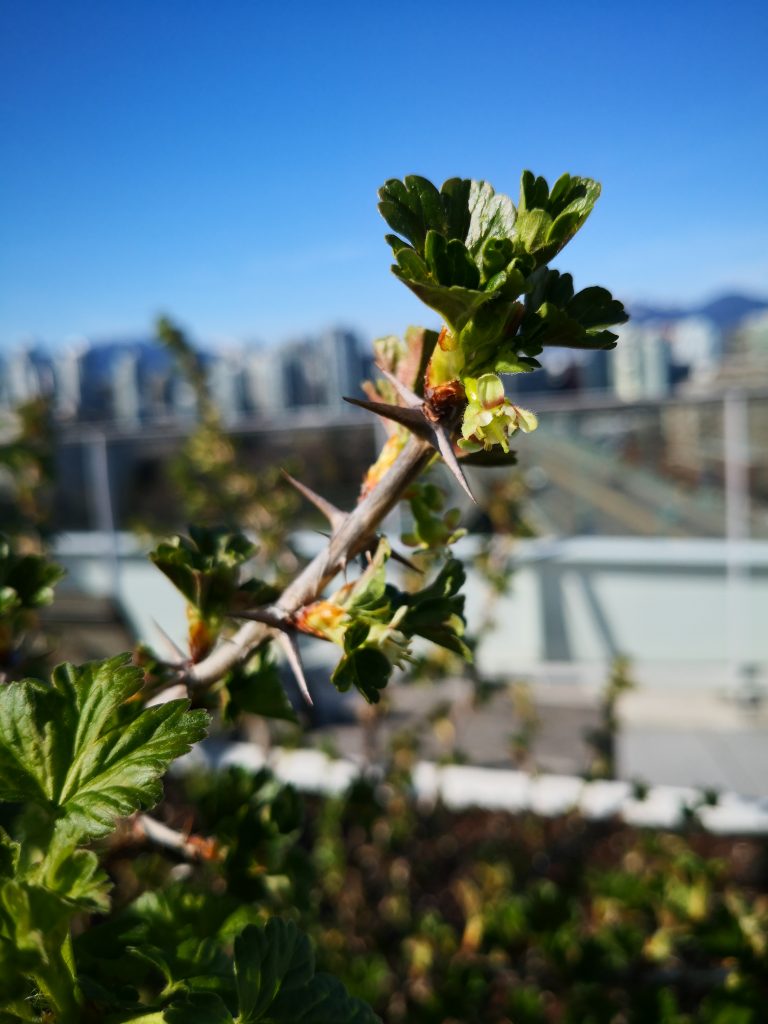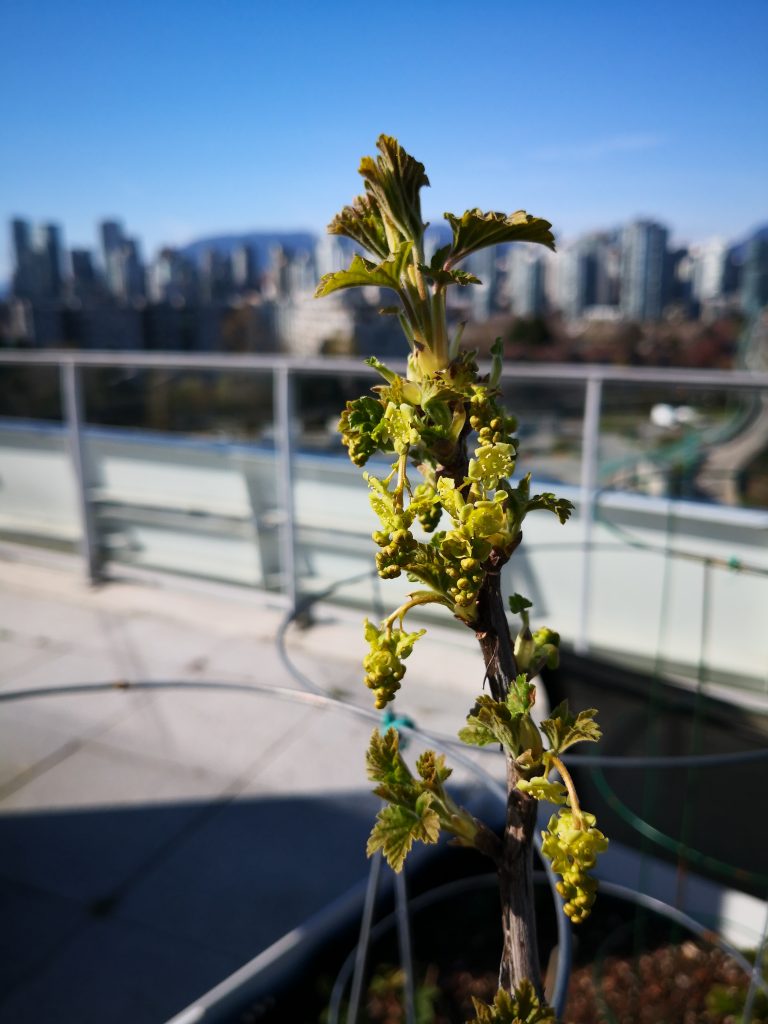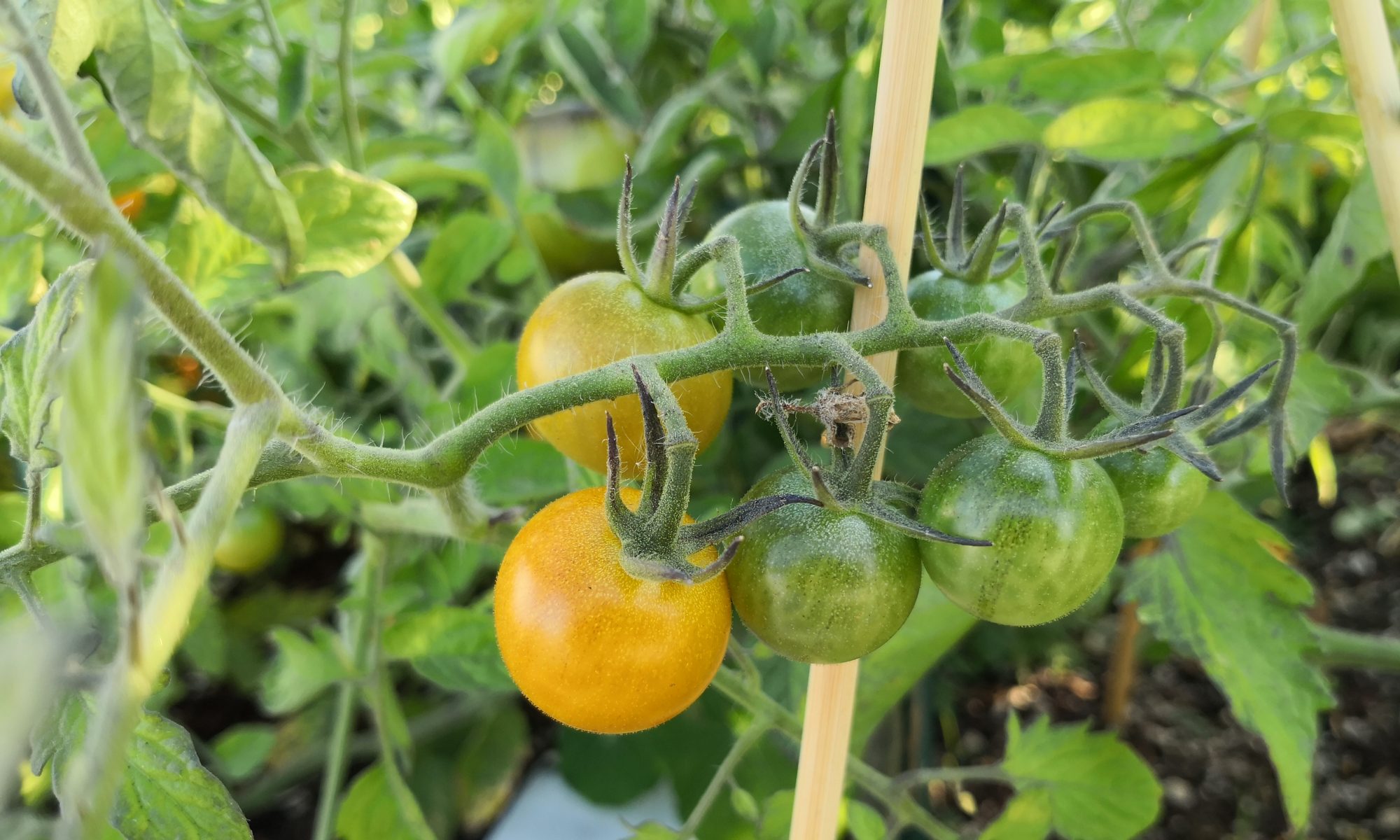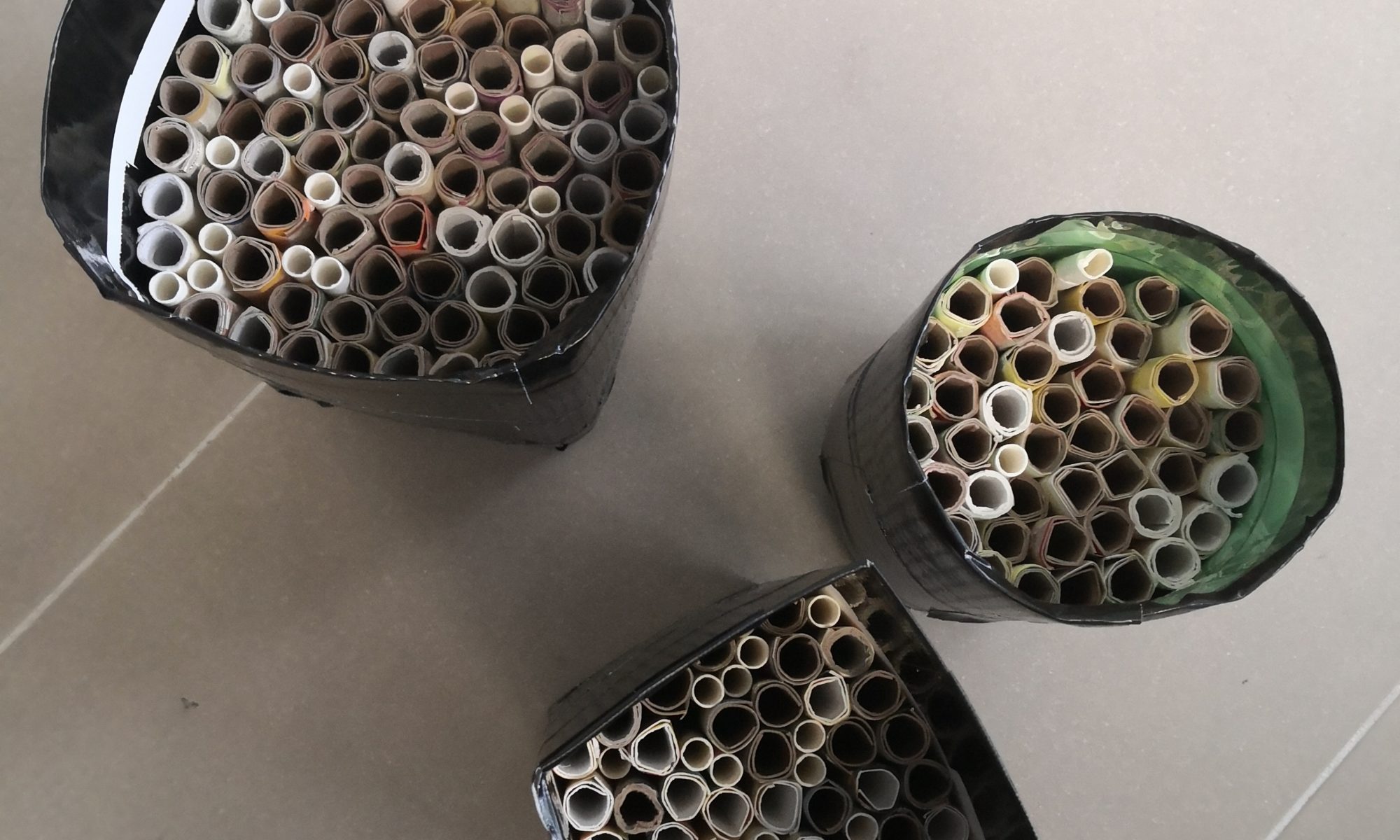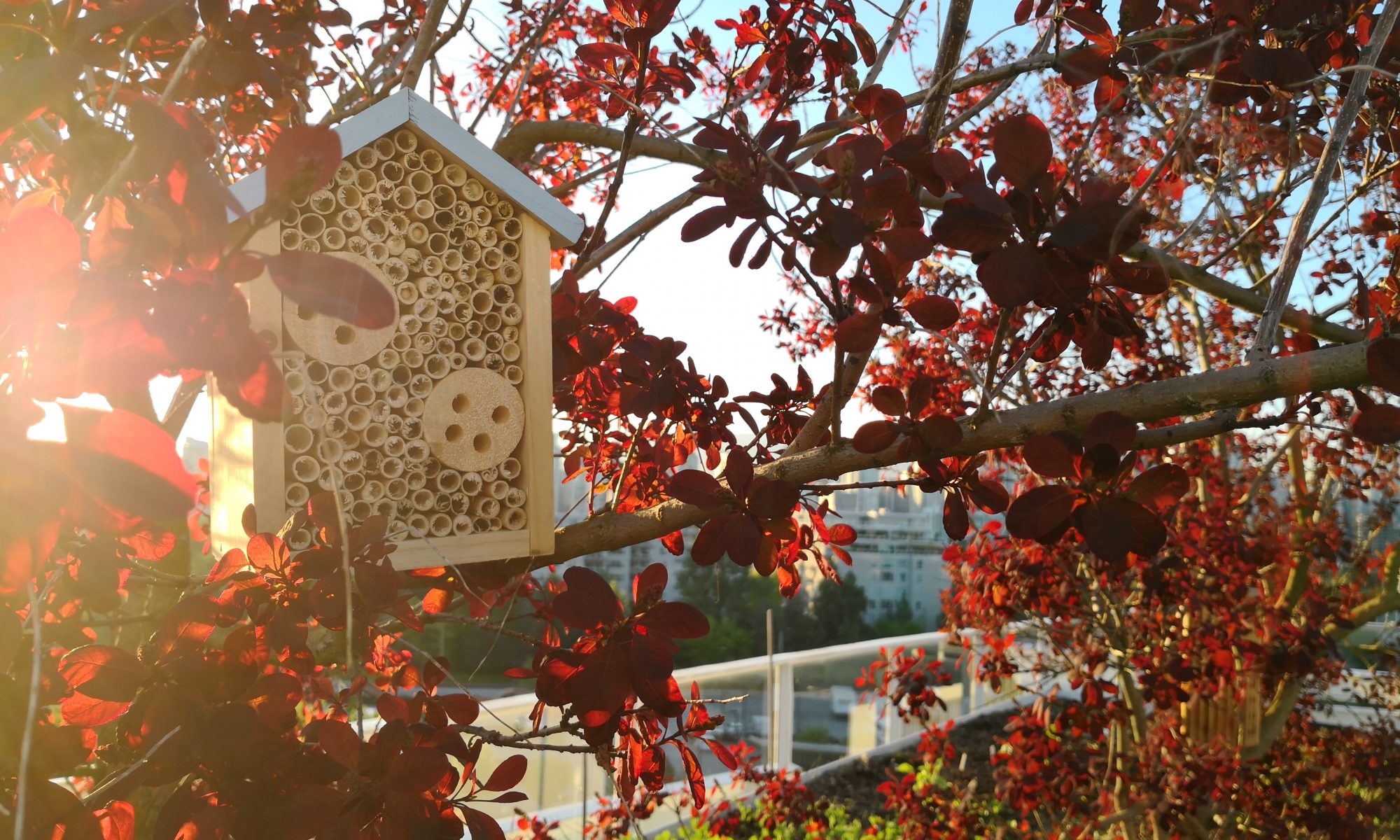Buy Physalis Peruviana Seeds – US
Buy Physalis Peruviana Seeds – Canada
You may be wondering what a cape gooseberry is. I’m fairly certain you’ve seen one, even if you didn’t realize what it was. Cape gooseberry, aka Aunt Molly’s Ground Cherry, aka Aztec berry, Golden berry, Inca berry or Poha berry fruit are small (in my experience less than an inch in diameter) round fruits that grow in a ‘husk’ similar to tomatillos. As the fruit mature, they change from green to yellow/orange, and the husk changes from green to brown and papery. At this point the fruit start to drop from the plant and are ready to eat. The fruit stays fresh for quite a while so long as it remains in the husk.
Cape gooseberries are related to tomatoes and potatoes as a member of the nightshade family. The flowers are very similar to those of tomatillos, and the bees seem to love them. The ripe berries are safe to eat, though as I understand it, the leaves, stalks and unripe fruit can make you sick. In my experience the plants grow to about 18 inches in height and branch to around 24 inches in diameter. One plant produces are surprising amount of fruit.
As far as care is concerned, I’ve found them very easy to grow, however there are a few things to note. First, I’ve never seen cape gooseberry seedlings for sale, so I’ve always grown them from seed. They start to sprout as soon as the soil starts to really warm up. They’ll also reseed themselves in subsequent years if you let the fruit drop. While I’ve experienced good fruiting from such self-seeded plants, I’m going to use pure seeds this year as I don’t know how crossing might affect them (I grow both cape gooseberries and tomatillos in my garden). These plants like heat so I plant them in the garden in full sun. The most success I’ve had was actually at our previous place in pots on a balcony. Amount of sunlight wasn’t that much different, but in that location the plants benefited from reflected heat off the building. Again, this is just an hypothesis. The only pests I’ve experienced were aphids which swarmed the plants two summers ago. That said, I had no issues with aphids this past year. I have no idea what the difference was.
Finally, watering. Cape gooseberries will let you know when they need water as their leaves begin to droop. I’ve tried to keep them supplied so that it doesn’t get to this point, but anytime it has they’ve recovered quickly. Toward the end of the year I’ve noticed that too much water will see the fruit split their skins. In this over-watered state they also lack the sweetness that you’re looking for… so in my opinion it’s better to under-water than over.
Don’t overthink these berries. They’re easy to grow and delicious so give them a shot. I’ve had luck with seeds from all over. I can’t speak to the different variants of cape gooseberry, but I’ve purchased seeds from Westcoast seeds and eBay with success.
Buy Physalis Peruviana Seeds – US
Buy Physalis Peruviana Seeds – Canada

